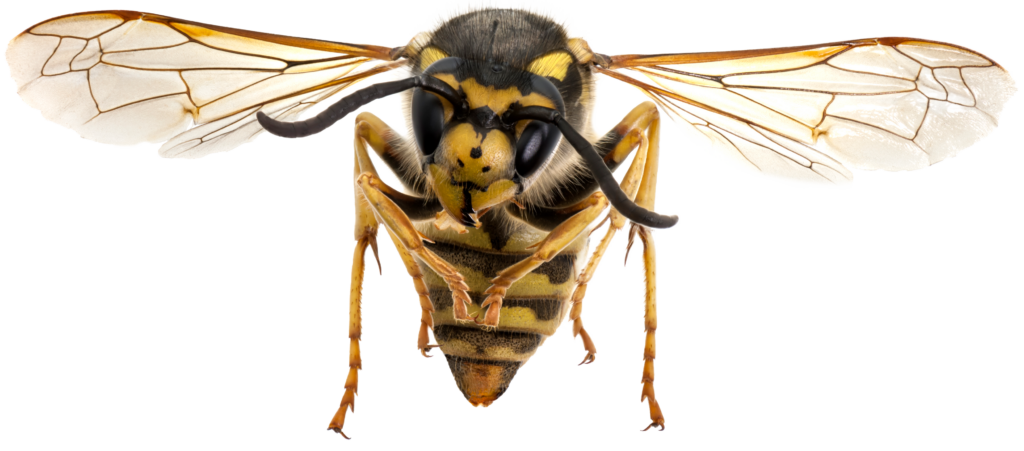Orchids are universally admired as exceptionally beautiful flowers. Any short discussion of orchids does not do justice to their excellence, which stretches far beyond any single topic. This discussion will focus only on the remarkable series of adaptations that, one after the other over millions of years, created the syndrome of these gorgeous plants that we enjoy today.

Sometimes we can see how natural selection driving one characteristic leads to many others in a connected way. Consider how birds develop many traits to decrease body weight because of the selection on flight capacity. So, orchids have become such spectacular blooms because of various innovations successively answering selective forces. Orchids represent the largest of the plant families, estimated to have more than 30,000 species, found in all habitats from the arctic to the tropics. What is behind this enormous radiation of beautiful flowers?
Few people know that orchids are parasites of fungi. A thread of a fungus (the hypha) invests itself into the orchid seed as if to use it for food, but the orchid kidnaps the fungus instead. The orchid seed now draws some or all of its nutrients from the fungus. Some orchids only require the fungus initially, and can survive on their own thereafter. Other orchids require a fungal host throughout their lives. Drawing nutrition from the host fungus, ground-dwelling orchids may pass years underground, with no leaves in the sunlight, yet not lose vital capacity to grow and bloom later. Some orchids can use many different types of fungi, others seem to require a certain species of fungus. We are only now figuring out the complex relationships.

Step One of the cascade: Like other parasites, either animal or vegetable, orchids must produce a large number of offspring (seeds) to ensure that some among them will successfully connect with an appropriate host. And they produce A LOT of seeds. These seeds are minute, like dust, and can number in the millions for a single flower. The need to produce millions of seeds thus requires a mechanism to deliver a great deal of pollen to fertilize all those seeds, of course.
Step Two: The problem of delivering great amounts of pollen has produced a solution of two parts. The first is to attract insect pollinators because they may go faithfully from one orchid to another of the same species without visiting other flowers.
Step Three: The second part of the solution to the pollen problem is to have strong and distinctive visual displays so the insect pollinators will recognize them. Also, some have powerful fragrances to draw in insects from afar. But, even a faithful pollinator who goes from one to another flower correctly will not deliver a great deal of pollen if it did not collect a great deal of pollen.

Step Four: The accumulation and delivery of pollen must be controlled to be in large amounts. The pollen of orchids is not as the loose, separate granules most flowers produce, but rather in a large package that is a single unit of millions of pollen grains. This unit, the “pollinarium” often looks like two saddle bags with a connector that is sticky and will adhere to the insect on contact such that the insect will carry the saddle bags away, entirely. This is very different from a bee that lands on a flower and picks up some pollen grains, and grooms them onto the back legs, and flies away. The pollinarium is made available on the “column” of the flower, which the insect will touch when looking for the nectar or oil deep in the flower.
Step Five: Sending the pollinarium out with the courier is only half the solution, the pollinarium must be collected on the other end by the flower that will produce the seeds. For that, the orchids must manipulate the insect to pass through the flower in a precise way such that the pollinarium will be scooped off the insect.

Step Six: The combination of Steps Four and Five lead to flowers that have distinct and sometimes peculiar shapes to make sure the insect passes exactly as is required to pick up the pollinarium on one flower and let the next flower scoop it off. In combination with Step Three, this leads to the shapes we see that are intricate and often unusual.

Some orchids are pollinated best by a single species of insect, usually a bee. There is an entire group of bees in the new world tropics that are specialists on pollinating orchids, and by serendipity the orchid bees are also stunningly beautiful. Their taxonomic name, Euglossinae, means “true tongues” because their tongues are often longer than their bodies to collect oil and nectar deep in the orchids. Orchids may also be pollinated by other insects, including wasps, flies, and moths.

Whereas most species have barriers to hybridizing with a different species (the wrong mate), orchids’ heavy reliance on faithful insect pollination has apparently freed them from any such necessity. Even if the insect goes to two different species, the pollinarium will not be in the right place to fertilize across species boundaries. The result is that species that would never cross in nature can be crossed by hand in the greenhouse to deliver a novel hybrid. The result is that horticulturists have produced about 300,000 varieties, some of them by crossing one genus with another (much higher level division than species).

Don’t try to move orchids you see in nature to your garden. Digging them up will break the association with their fungus host in the soil, and generally the orchid will die. Buy your orchids from a reputable dealer, and enjoy the spectacular cascade of adaptation.


